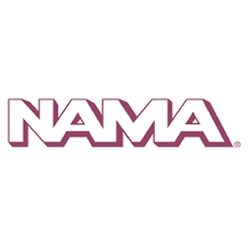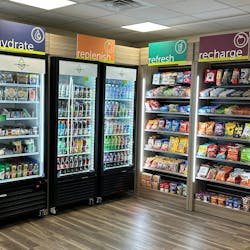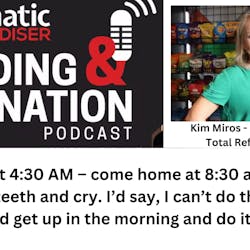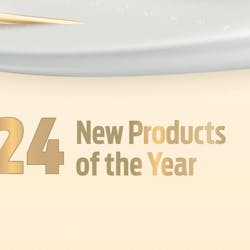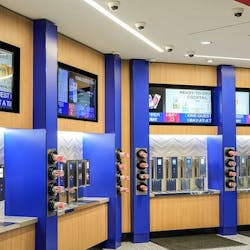Offering vending in schools seems to be a losing battle for vending operators these days. Not only has the USDA finalized their strict rules on products, but schools all over the nation have been restricting food sold. Lately, schools have even been hesitating to taking any money from soda companies, even donations.
A recent statistic I saw from a Center for Disease Control survey showed 44 percent of school districts banned what they termed “junk food” even before the USDA made a ruling.
The CDC also found many districts cut donations accepted from soda companies and stopped allowing them to advertise in the school, according to a CBS Atlanta article. The number of schools allowing posters, scoreboard placards, etc. has dropped from 47 percent to 34 percent, and the schools still receiving commissions from soda sales dropped to 69 percent, from 82 percent in 2006.
School snacks under the microscope
Whether you agree that school vending is to blame for obesity or not, there is no denying schools are a place where food is under scrutiny. In the latest Automatic Merchandiser State of the Vending Industry Report, vending operators servicing schools reported struggling, especially as turnkey healthy vending companies illegally encroached on their contracts. The share of market for schools fell from 13.7 to 8.2 percent. School vending has become challenging even to those operators who tailored products to school locations, learned the specific school district nutrition rules and overall, worked to serve this niche location type.
While the USDA action standardized the vending snack rules, in some cases, it made the rules more ambiguous. This addition, for instance, had me reading it twice: “[the product should] Contain 10 percent of the Daily Value of a naturally occurring nutrient of public health concern from the DGA (i.e., calcium, potassium, vitamin D or dietary fiber)…” The phrase “nutrient of public health concern,” is really what had me reeling. It leaves room for any school (or parent) to question a snack item based on public perception or the latest health craze (can you say quinoa).
Independent operators will have to closely examine their profit and loss statements in the coming year to see if schools are still worth the extra time, product mix and work, as their other locations. Right now, it doesn’t look good.

